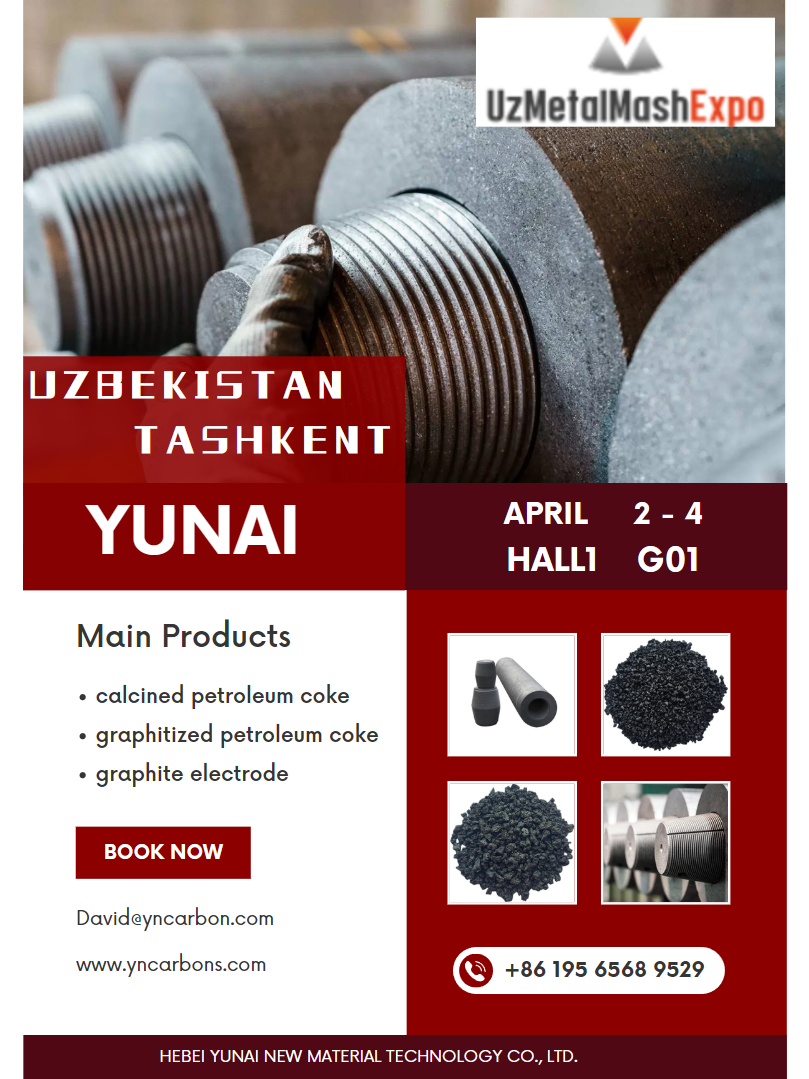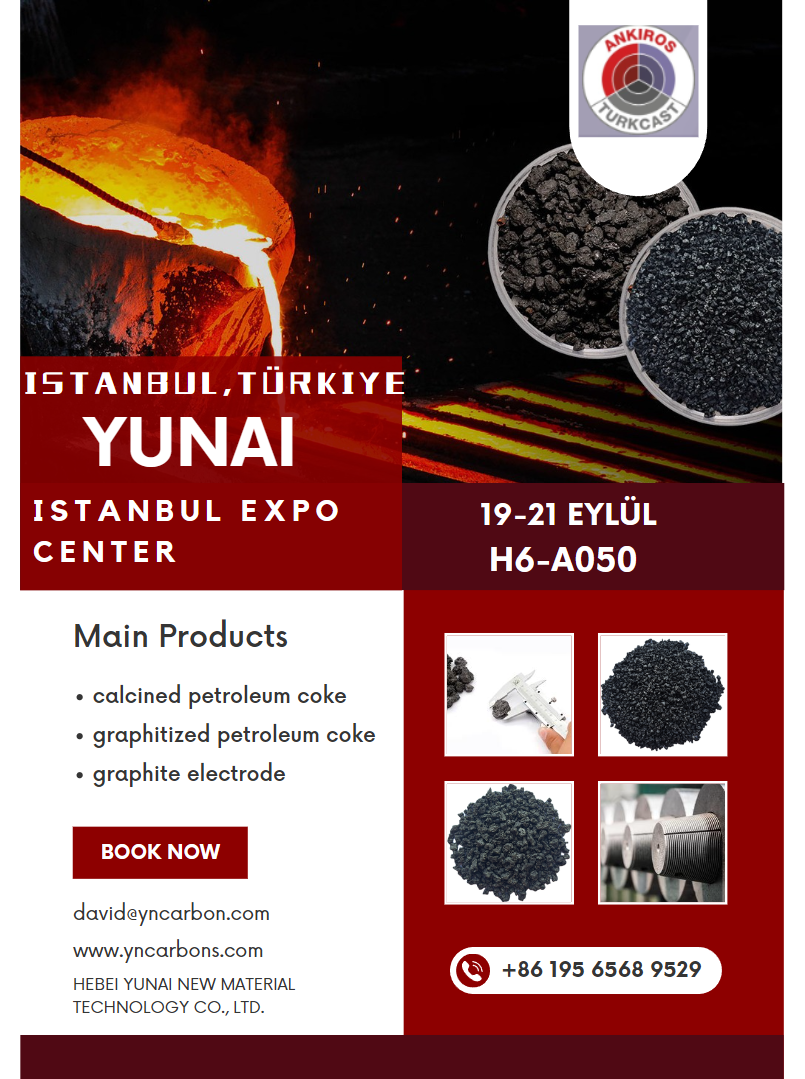Unlocking the Secrets of Calcined Petroleum Coke Exports
Release Time:
Jul 09,2025
Explore the fascinating world of Calcined Petroleum Coke exports and its significance in global markets.
Understanding Calcined Petroleum Coke
Alright, folks! Let’s dive into the intriguing realm of Calcined Petroleum Coke, a key player in the industrial sector. This carbon-rich material, derived from petroleum, is like the unsung hero of the energy and manufacturing industries. You might be wondering, what exactly is it?
The Process of Creation
First off, Calcined Petroleum Coke, or CPC for short, is produced by heating green petroleum coke (GPC) to high temperatures, usually around 1,200 to 1,500 degrees Celsius. This process drives off volatile compounds, leaving behind a solid material that’s packed with carbon. In a nutshell, it’s like turning coal into diamonds, but in this case, we’re talking about a versatile material that’s invaluable in various applications.
Why Export Calcined Petroleum Coke?
So, why all the fuss about exporting CPC? Well, it’s simple: demand is skyrocketing! Industries worldwide are on the lookout for high-quality calcined petroleum coke to fuel their operations. From aluminum smelting to the production of anodes, CPC is the backbone of many manufacturing processes. And guess what? Countries rich in petroleum resources, like the United States, China, and the Middle East, are leading the charge in export.
The Global Market Dynamics
Let’s talk numbers! The global market for calcined petroleum coke is projected to reach a staggering $25 billion by 2025. With the rise in aluminum production, particularly in emerging economies, exporters are capitalizing on this trend. The market is as competitive as a high-stakes poker game, and companies are constantly strategizing to enhance their production and export capabilities.
Challenges in the Export Landscape
Ah, but it’s not all sunshine and rainbows! The export of CPC does come with its share of challenges. Environmental regulations are tightening up, and countries are becoming more cautious about the sustainability of their operations. This means exporters must adapt to stay in the game. Innovations in production processes and cleaner technologies are becoming buzzwords in boardrooms around the globe.
The Role of Quality Control
Now, let’s not forget about quality control. When it comes to Calcined Petroleum Coke, quality is paramount. Customers demand high purity levels, and any deviation can lead to significant setbacks in production. Hence, exporters invest heavily in ensuring their product meets stringent standards. Think of it as a race where the best quality wins the gold!
Future Trends to Watch
Looking ahead, the future of CPC exports appears promising. The push for sustainable practices and green technologies is reshaping the landscape. Companies that can innovate while maintaining quality will undoubtedly thrive. Moreover, with the advent of electric vehicles and renewable energy, the demand for calcined petroleum coke is bound to evolve. Who knows? We might see the emergence of new markets and opportunities!
Conclusion: A Bright Future Ahead
In conclusion, the export of Calcined Petroleum Coke is an exciting venture that promises growth and innovation. With a booming global market and increasing demand, it’s clear that CPC will continue to be a cornerstone of the manufacturing world. As we move forward, staying ahead of the curve will be essential for exporters looking to make their mark on this dynamic industry. So, buckle up; it’s going to be a thrilling ride!
Keywords:
More information







